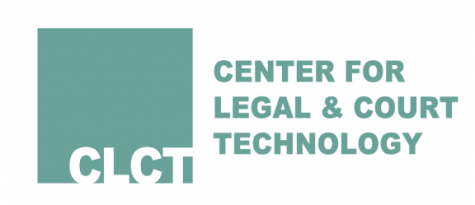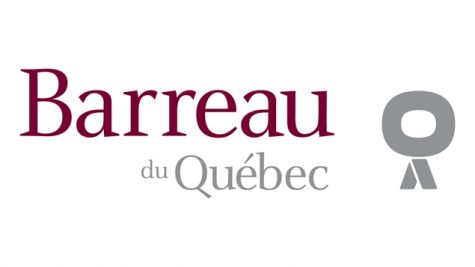Start – 2018 | End – 2024 Duration – 6 years
The implementation of technological tools in the context of the conduct of hearings (e. g., video appearance) modifies the modes of interaction between judicial actors. Therefore, the progress being made should be examined to analyse the social, cultural and psychological effects of these transformations in order to determine whether they improve or worsen the sense of procedural fairness.

Subproject chief
David Tait
Research activities
Case studies
The use of VCL in Dutch domestic courts (with a particular attention on courtroom design, standardisation and methods used to ensure reliability) constitutes the first case study.
The second case study assesses distributed courtrooms (i.e. where more than one participant intervenes by video and multiple screens are used).
The working group will also analyse the virtual court pilot project of the UK tax court and its significance for other administrative processes.
This Subproject aims to conduct a pilot test of a virtual court using a full virtual environment that will constitute the fourth case study.
The last case study is a demonstration of a virtual court to potential users. This will enable the assessment of public responses to the implementation of potential virtual courts and to gather constructive feedback on the matter.
Inventories
This subproject's work will result in the creation of an index of media platforms or gateways developed by IT firms that appear to offer a platform for virtual court hearings.
The working group will also compile an inventory of virtual reality environments used by architects to model courtrooms.
Finally, the third inventory will be an overview of machine-learning, automated processes and proto-AI applications for the allocation and scheduling of cases, management of court hearings, evidence management and production of written decisions.
Best Practices Guide
The first guide will list best practice for VCL and courtroom design with multi-channel communication.
The second guide will address virtual court hearings.
Publications of researchers
- Meredith ROSSNER, Martha MCCURDY, "Video Hearings Process Evaluation (Phase 2) Final Report", Report, London School of Economics, July 2020.
- Susan A. BANDES, Neal FEIGENSON, « Virtual Trials : Necessity, Invention, and the Evolution of the Courtroom », dans Buffalo Law Review, (2020) 68-5, p. 1275.
- Meredith ROSSNER, David TAIT, Martha MCCURDY, « Justice Reimagined: Challenges and Opportunities with Implementing Virtual Courts », (2021) Current Issues in Criminal Justice.
- Amy J. SCHMITZ, « Expanding Access to Remedies through E-Court Initiatives », (2019) 67 Buffalo Law Review, 101-173.
- Fredric I. LEDERER, « The Evolving Technology – Augmented Courtroom Before, During, and After the Pandemic », (2020) Vanderbilt Journal of Entertainment & Technology Law.
- Ian D. MARDER and Meredith ROSSNER, « Restorative Justice, Restorative Practice, and COVID-19 », The International Journal of Restorative Justice, (forthcoming).
Partners
|
Academic partner |
Academic partner |
Institutional partner |
|
Institutional partner |
Professional partner |
Industrial partner |
|
|
This content has been updated on 22 July 2024 at 16 h 36 min.





